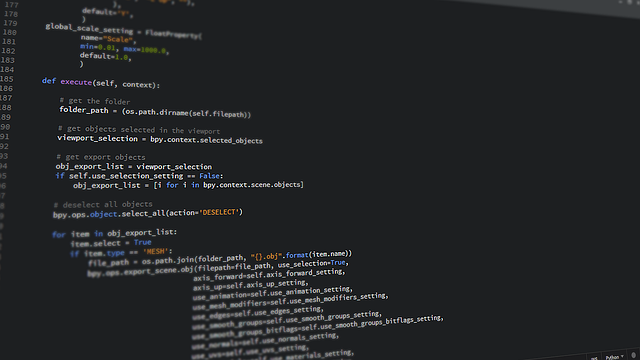
The Power of Functional Programming in IT: A Guide for Software Engineers
The Power of Functional Programming in IT: A Guide for Software Engineers
In the rapidly evolving landscape of information technology, one concept has gained significant traction among software engineers: functional programming. This paradigm not only transforms how we write code but also how we think about problems and solutions in the field of IT. By focusing on the use of pure functions and immutable data, functional programming empowers developers to build more reliable and maintainable applications.
What is Functional Programming?
At its core, functional programming is a programming paradigm that treats computation as the evaluation of mathematical functions and avoids changing-state and mutable data. This characteristic offers a fresh approach to solving problems in software development, giving rise to code that is easier to understand, test, and scale.
Benefits of Functional Programming in Information Technology
The benefits of adopting functional programming are numerous, particularly in the context of IT:
- Enhanced Readability: Code written in a functional style is often more concise and expressive, enabling engineers to quickly grasp the logic behind the implementation.
- Improved Maintainability: Pure functions eliminate side effects, making it easier to predict how changes in one part of the code will affect another, leading to fewer bugs and easier debugging.
- Concurrency and Parallelism: Functional programming’s emphasis on immutability allows for safer parallel execution of code, which is crucial in today’s multi-core processing environments.
- Testability: Since functional programs are composed of small, pure functions, they can be tested in isolation, leading to more robust applications.
Popular Functional Programming Languages
Several programming languages embrace the functional programming paradigm, each with its unique features:
- Haskell: Known for its strong static typing and lazy evaluation, Haskell is a pure functional language that encourages writing clean and concise code.
- Scala: Combining object-oriented and functional programming, Scala runs on the Java Virtual Machine (JVM), making it an attractive option for developers familiar with Java.
- F#: A functional-first language that integrates seamlessly with the .NET ecosystem, F# allows developers to leverage functional programming while still using existing .NET libraries.
- JavaScript: While not exclusively functional, JavaScript supports a functional style and has numerous libraries, like Lodash and Ramda, that make functional programming easier to implement.
Getting Started with Functional Programming
If you’re a software engineer looking to dive into the world of functional programming, here are some practical tips to get started:
- Learn the Fundamentals: Familiarize yourself with key concepts like first-class functions, higher-order functions, and immutability.
- Practice Writing Pure Functions: Start by refactoring existing code to use pure functions, focusing on reducing side effects and state changes.
- Utilize Functional Libraries: Explore libraries in your preferred programming language that facilitate functional programming practices.
- Engage with the Community: Join forums and groups that focus on functional programming to learn from others and share your experiences.
As software engineers continue to navigate the complexities of information technology, functional programming stands out as a powerful tool in their arsenal. By embracing this paradigm, developers can create applications that are not only efficient but also easier to maintain and evolve in an ever-changing tech landscape.


